Daisho Toshizane - 90508/90509
Katana Mei (signature):
Omote side: Minryushi Toshizane
Ura side: Bunsei Gan'nen Hachigatu-bi
Information about the blacksmith:
Name: Minryushi Toshizane
Real name: Hamabe Gihachiro
Son of: Hamabe Toshinori
Minryushi Toshizane was born in 1777 and worked for the first few years under the name Toshikuni, from 1797 he was active under the name Toshizane. The Minryushi school in which he forged was very popular and successful in the Edo period.
Information about the swords:
Nagasa (blade length): Katana 68.2 cm, Wakizashi 48.8 cm
Sori (blade curvature): Katana 1.3 cm, Wakizashi 0.8 cm
Sakihaba: Katana 19.3 mm, Wakizashi 21.6 mm
Sakikasane: Katana 4.1 mm, Wakizashi 4.4 mm
Motohaba: Katana 30.6 mm, Wakizashi 30.6 mm
Motokasane: Katana 7.1 mm, Wakizashi 67 mm
Blade construction: Shinogi-zukuri, Iori-mune
Nakago (blade tang): Ubu(Katana/Wakizashi)
Blade weight: Katana 700 g, Wakizashi 490 g
Both blades were forged as a matching daisho in August 1818. They are in excellent condition, without defects or damage.
The Hada is Ko-Itame with clearly visible Chikei. The Katana Hamon is Choji-Midare with visible Ashinaga Choji and Nie in the Ha. The wakizashi hamon is also choji midare, but with a slightly different design. The katana boshi is in nakamaru form, the wakizashi in omaru.
The koshirae for both swords dates from the same era as the blades. It was designed as a set with a straight end of saya for the long sword and a round end for the short sword, as was the etiquette at the time.
The tsuba is signed Masamitsu, who worked in Inaba (now Tottori) in the late Edo period.
The tsukaito of the katana has slight signs of wear on the top of the kashira.
Due to the excellent condition and quality of the blade, the Daisho has been awarded Tokubetsu Hozon status by the NBTHK.
The swords are currently still in Japan. We will handle the import process if you decide to buy them.

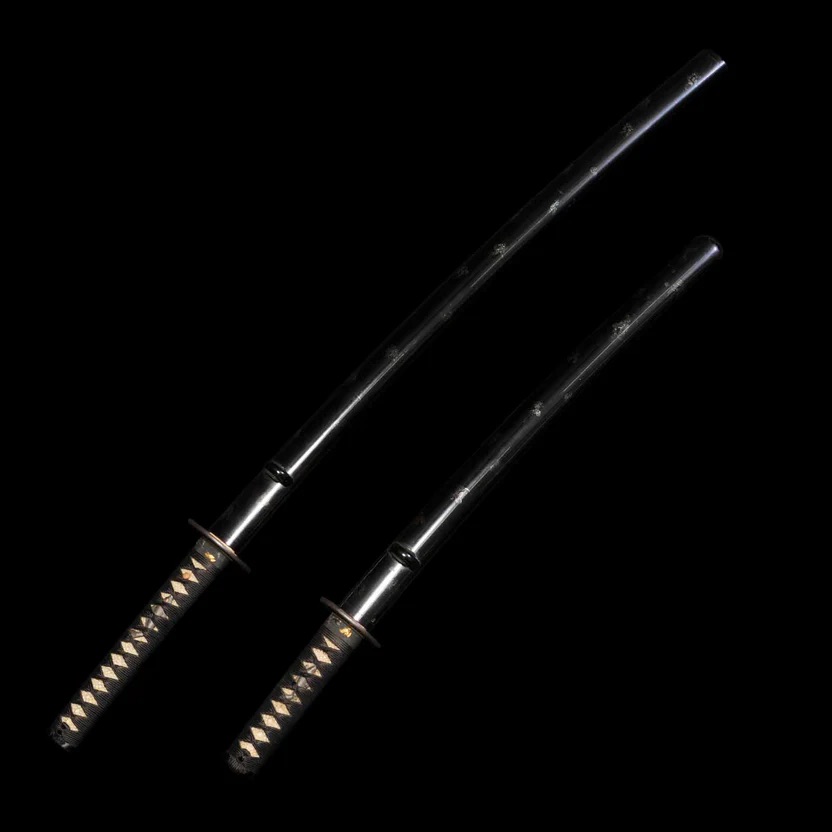
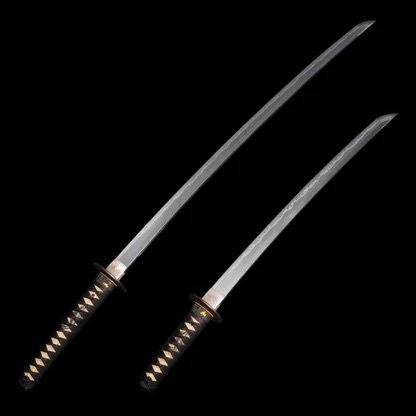
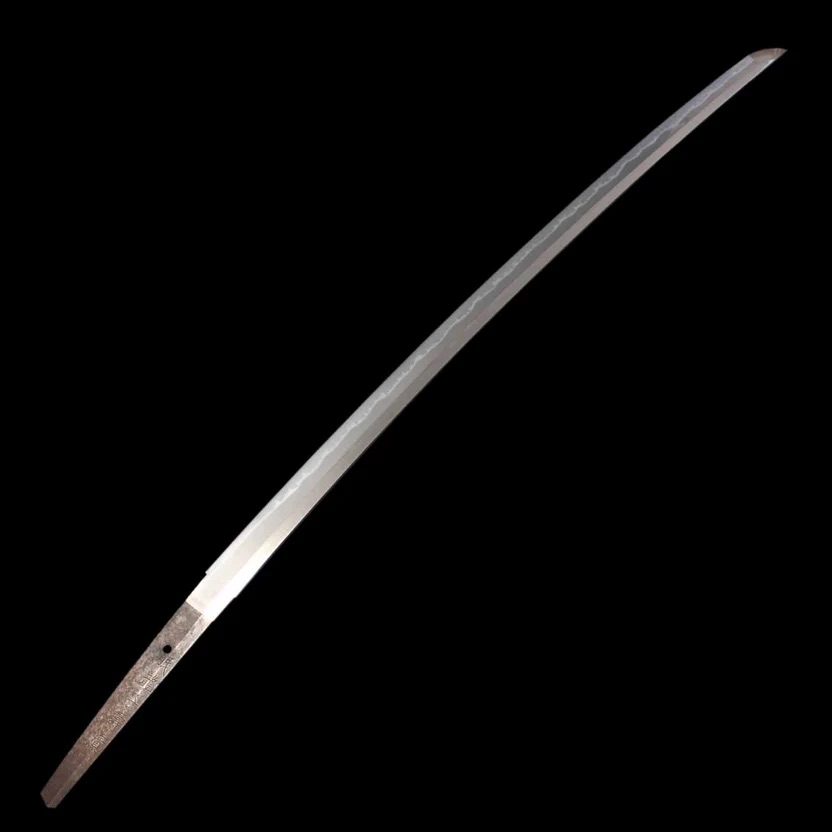
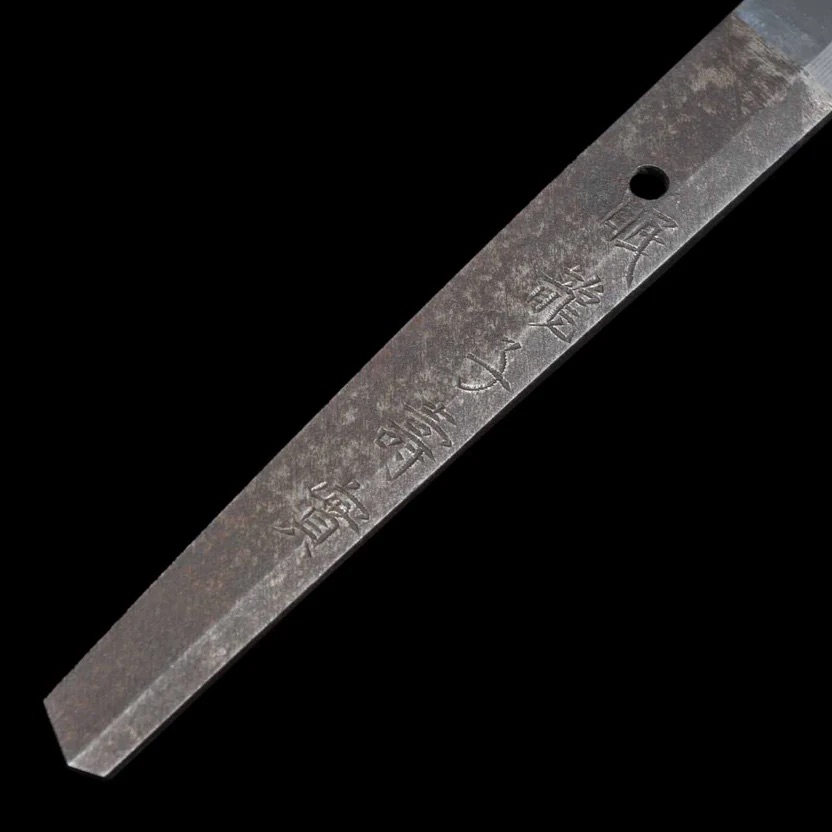
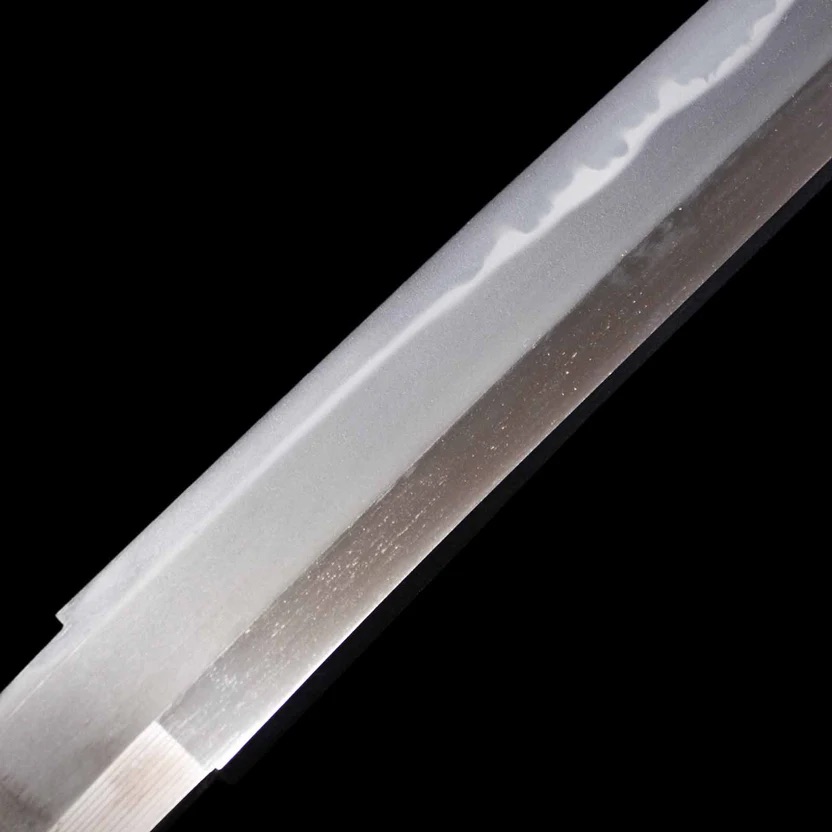
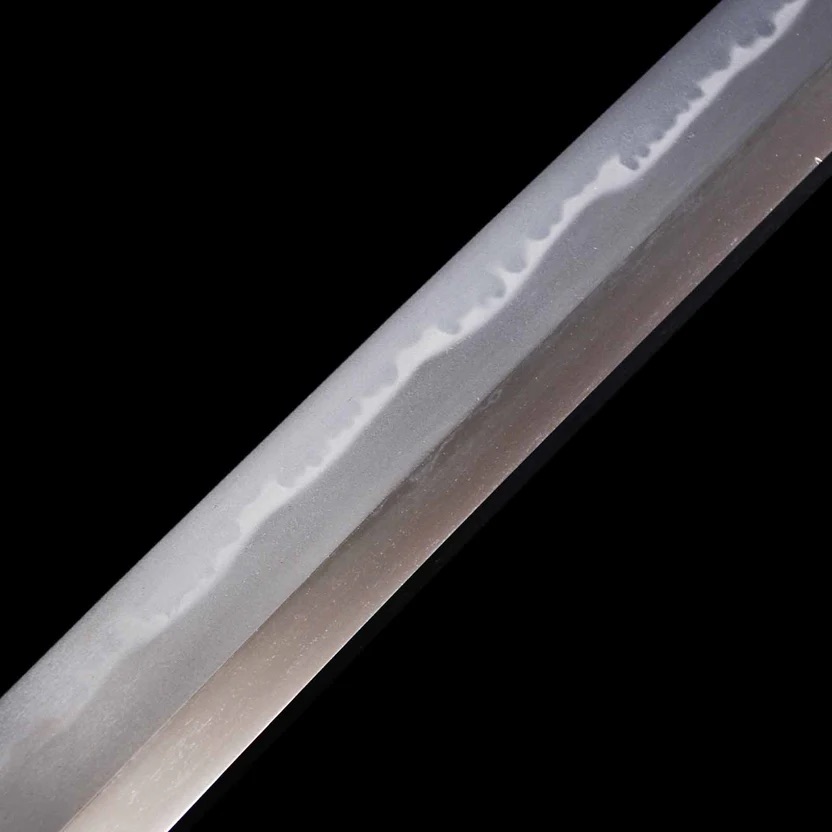
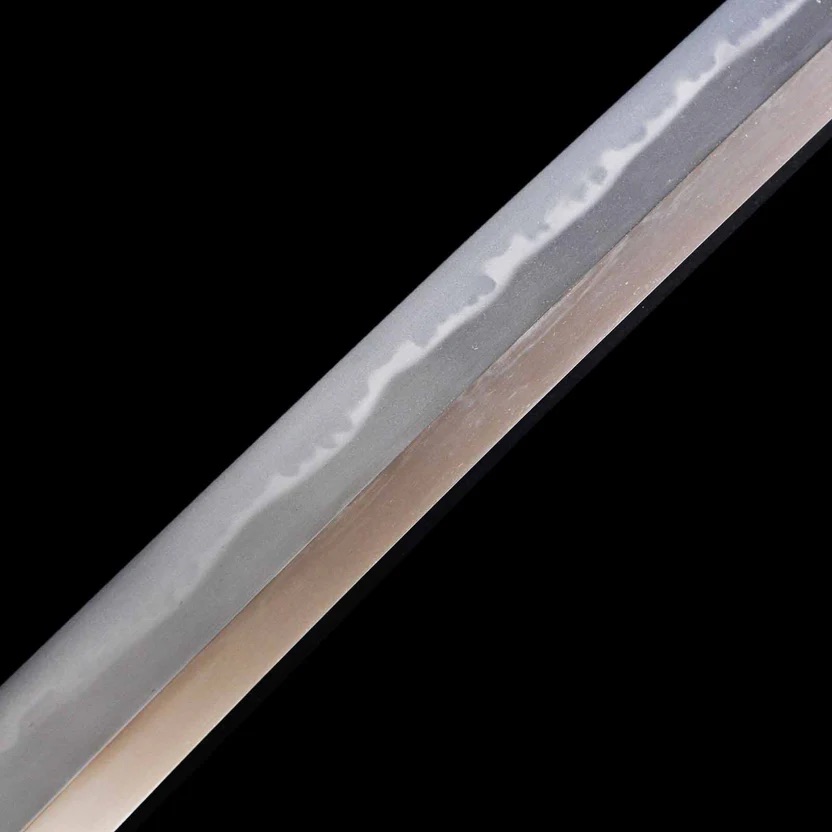
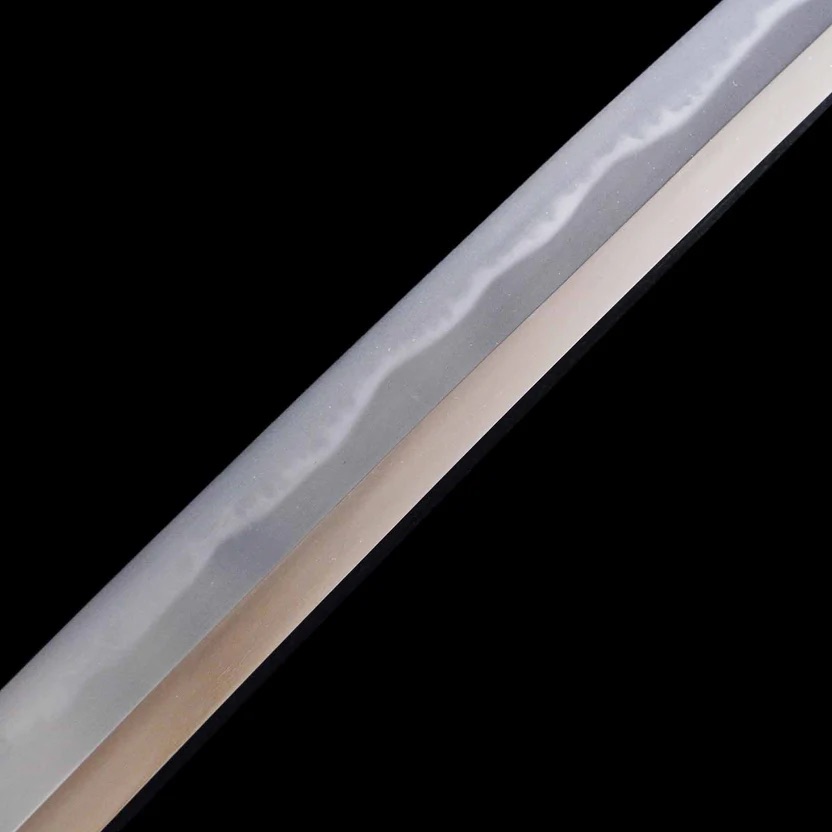
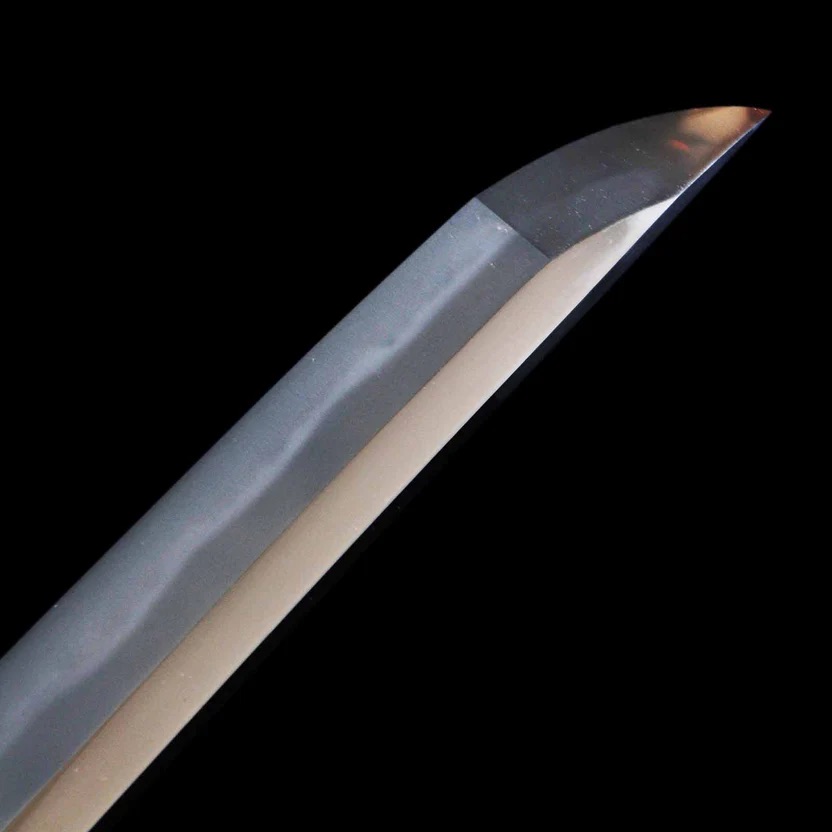
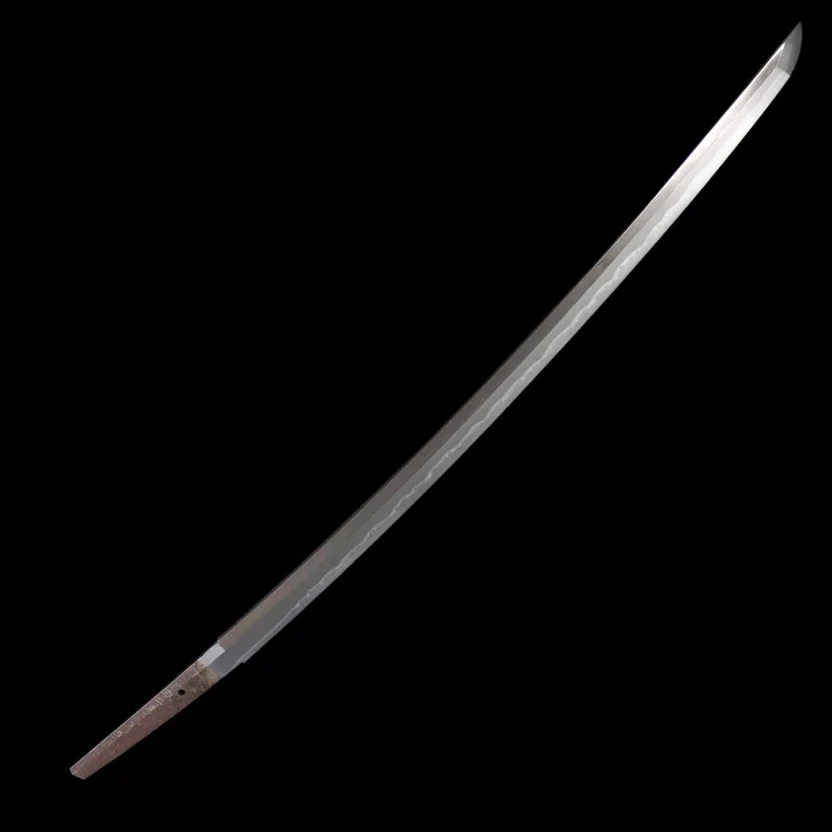
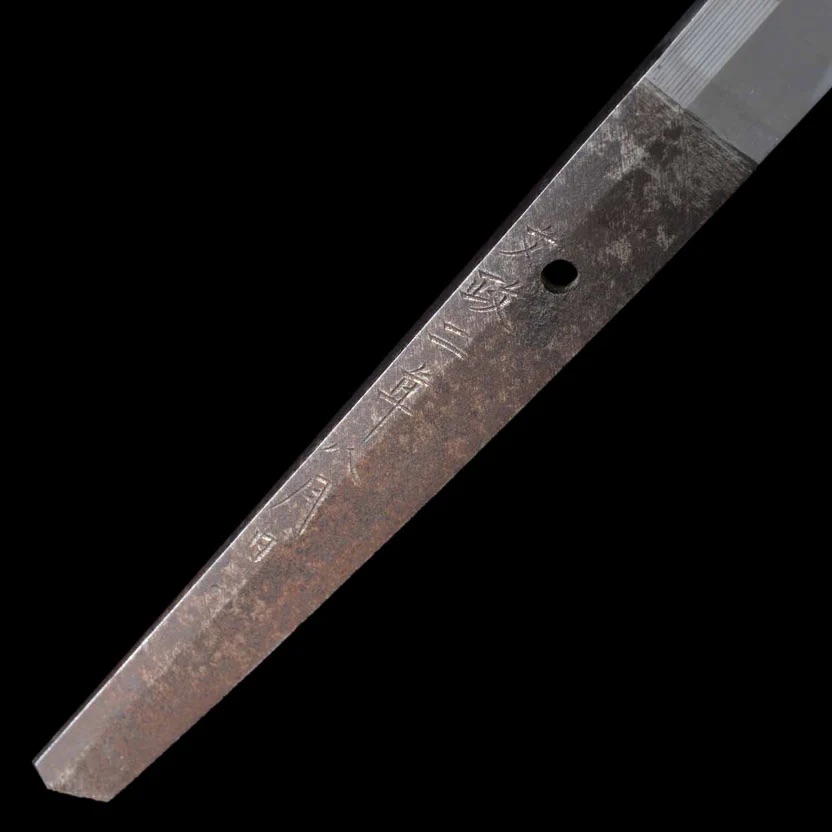
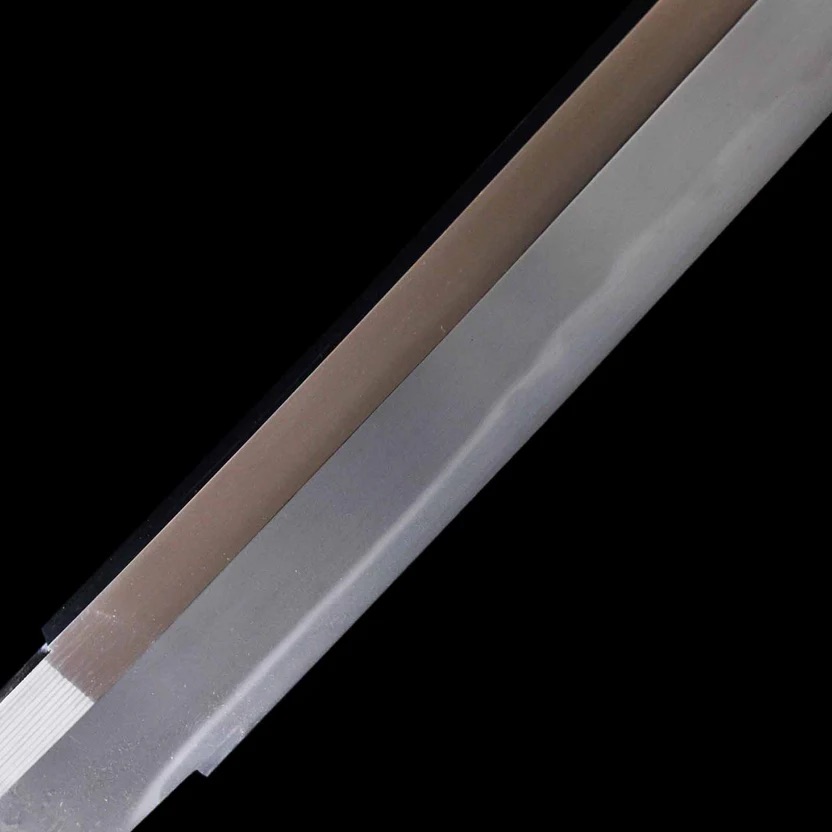
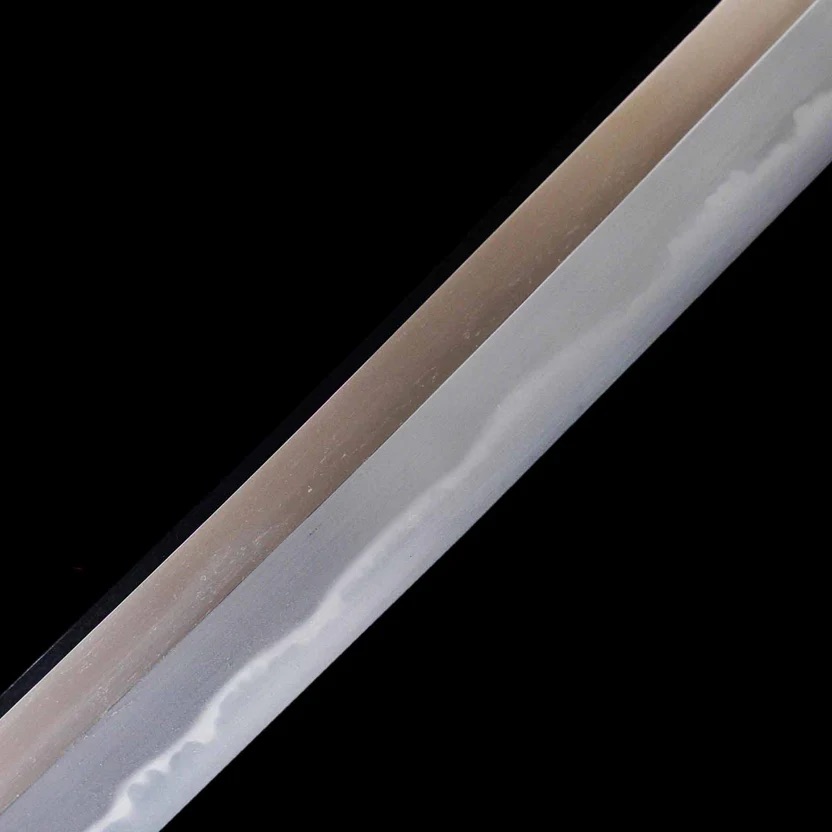
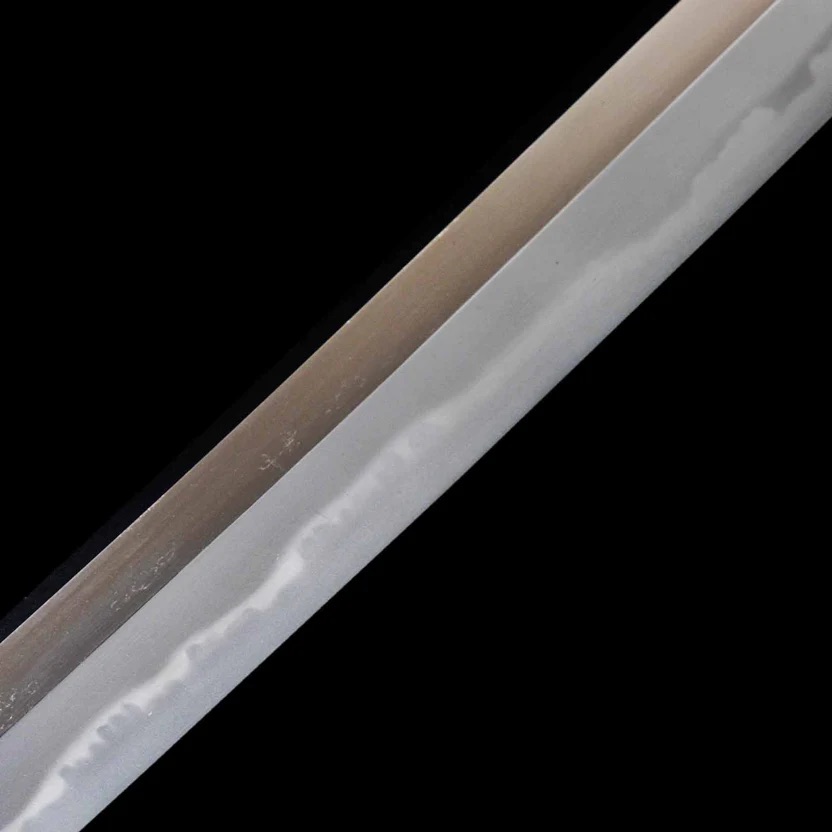
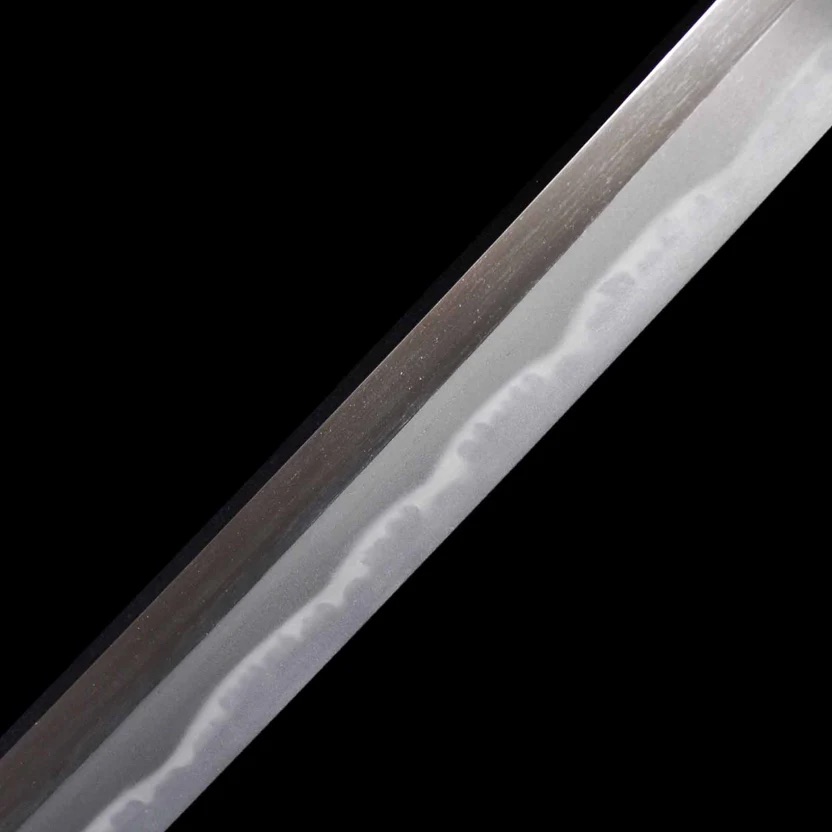
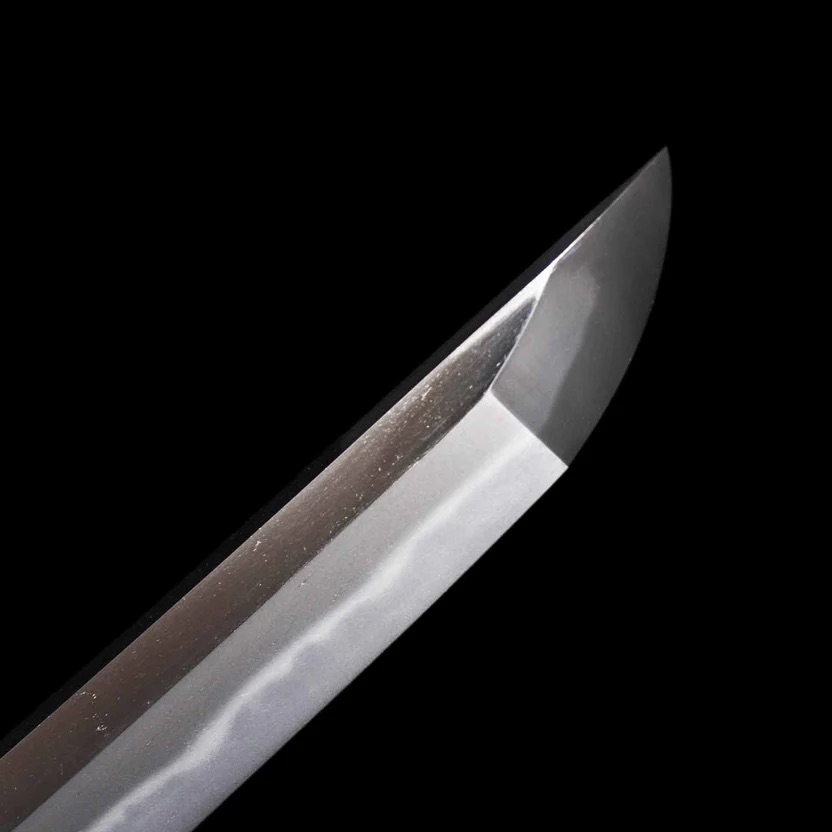
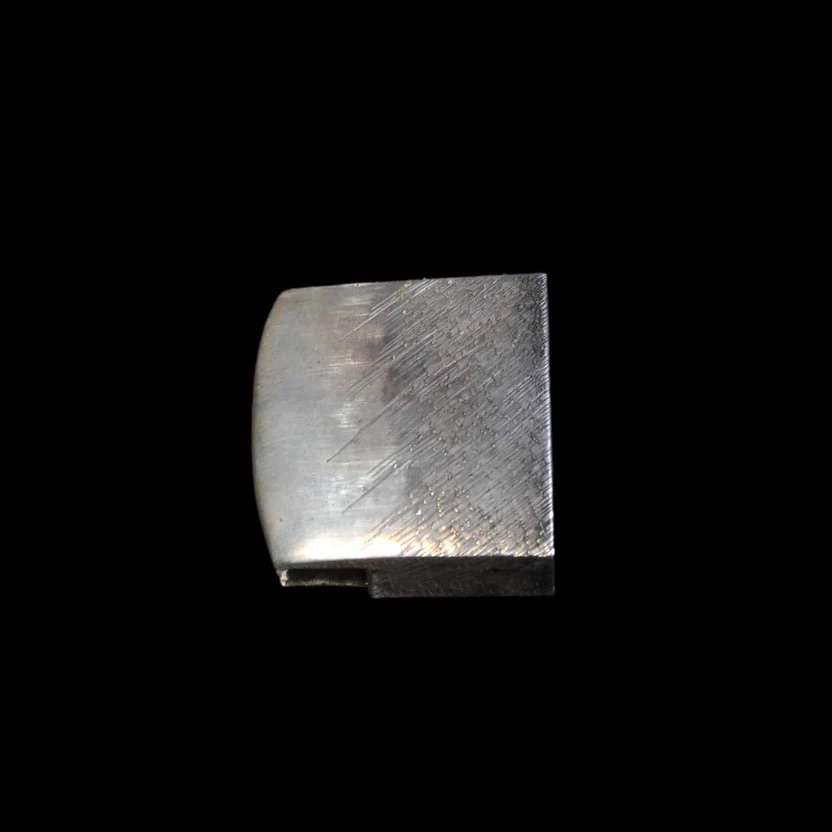
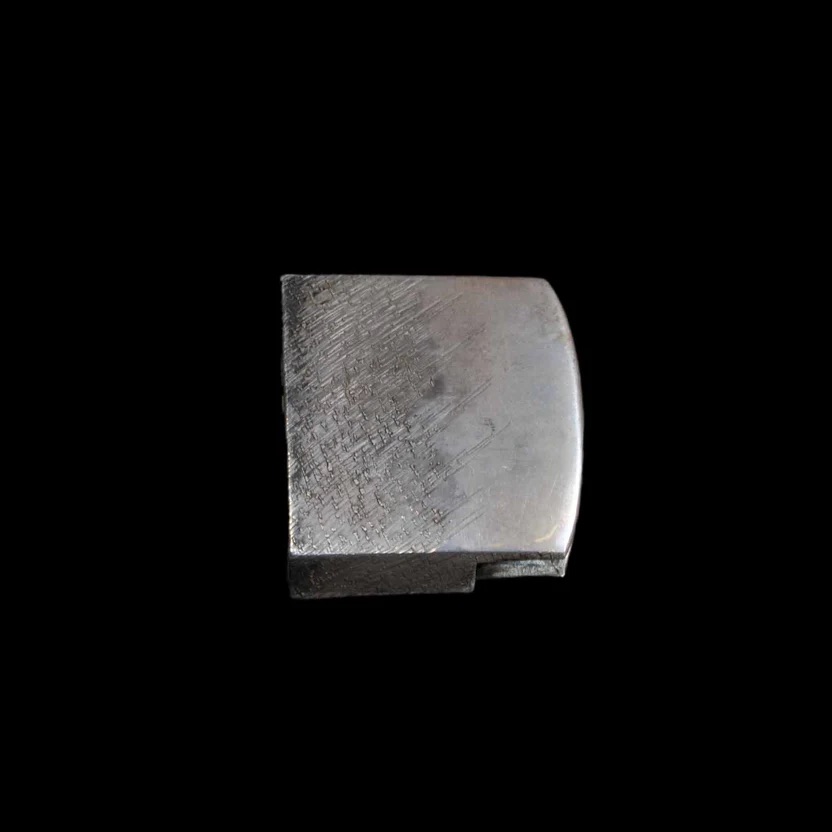

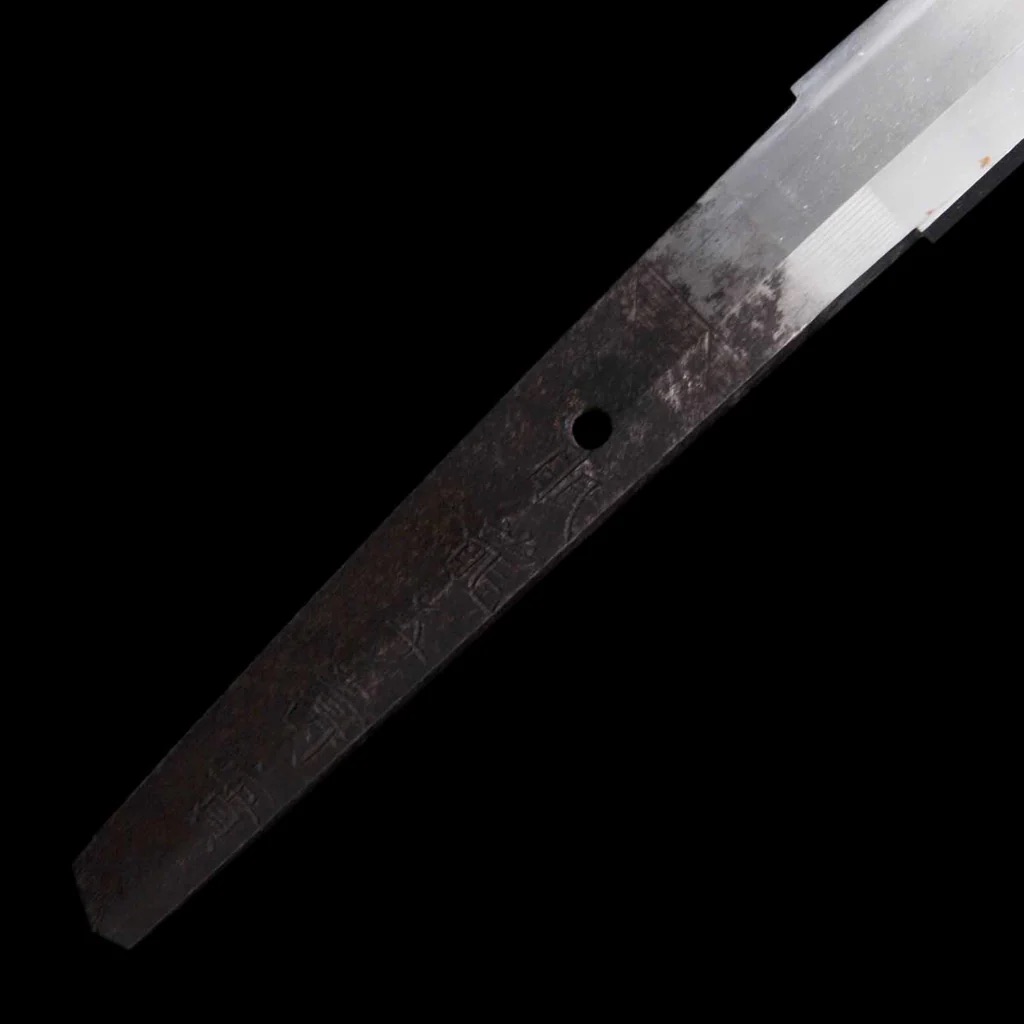
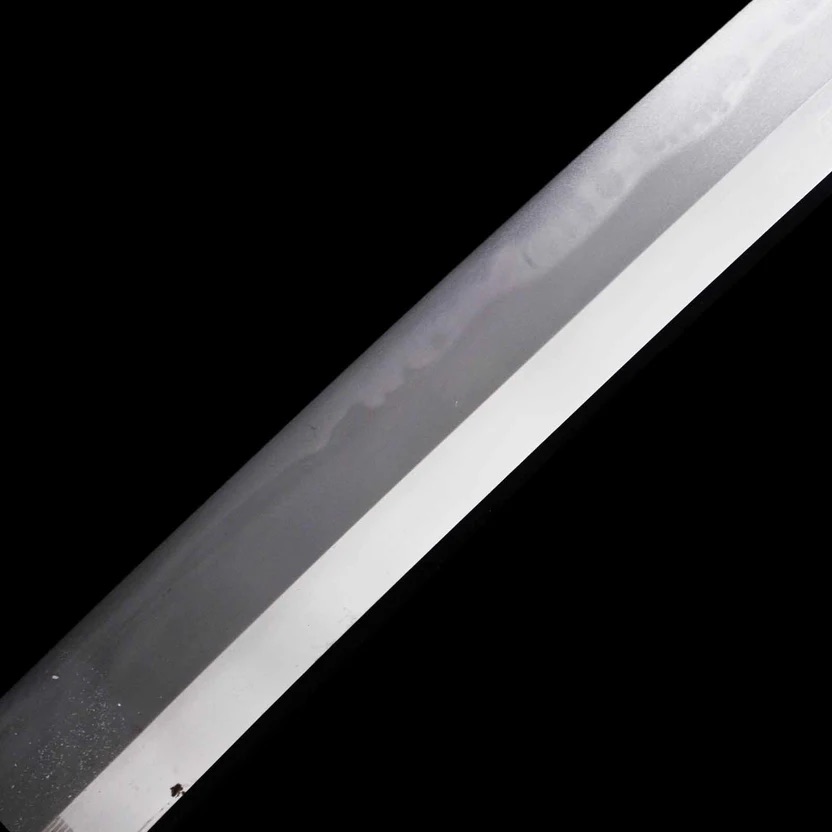
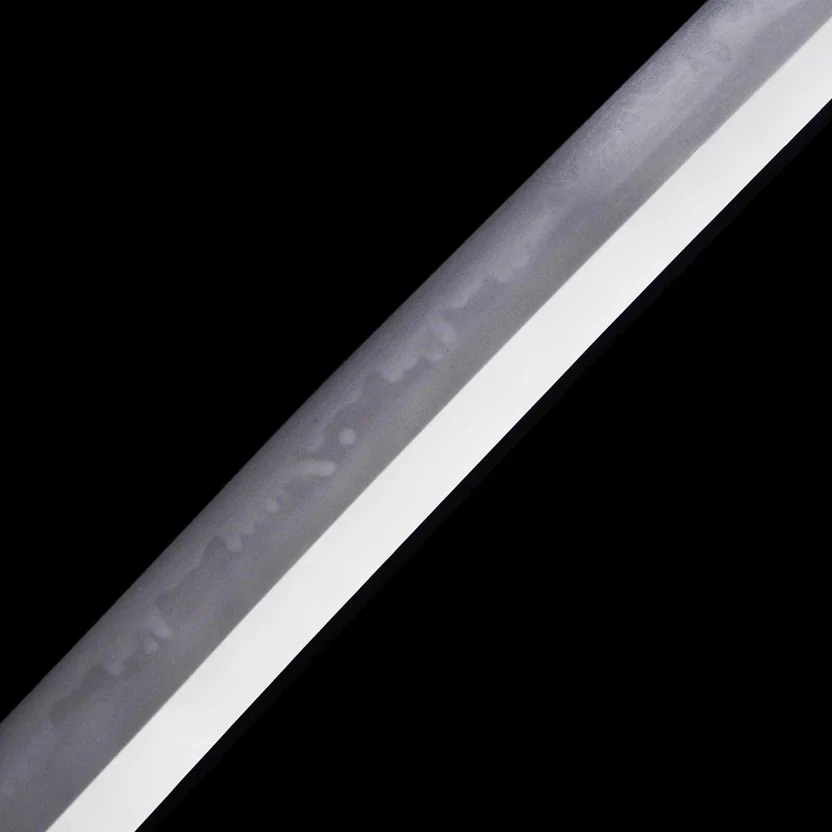
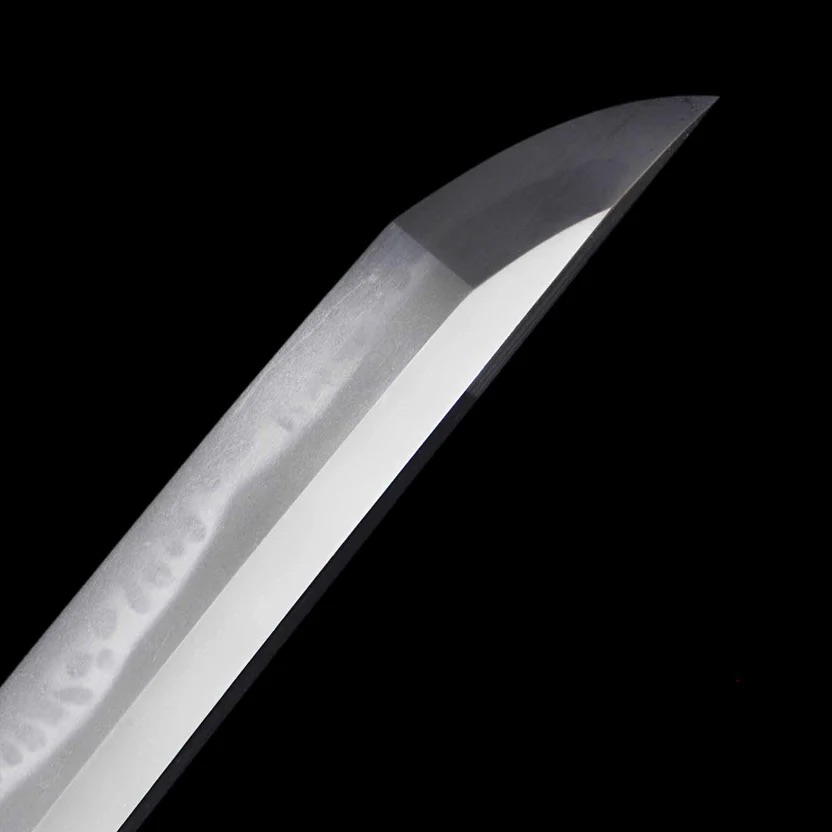
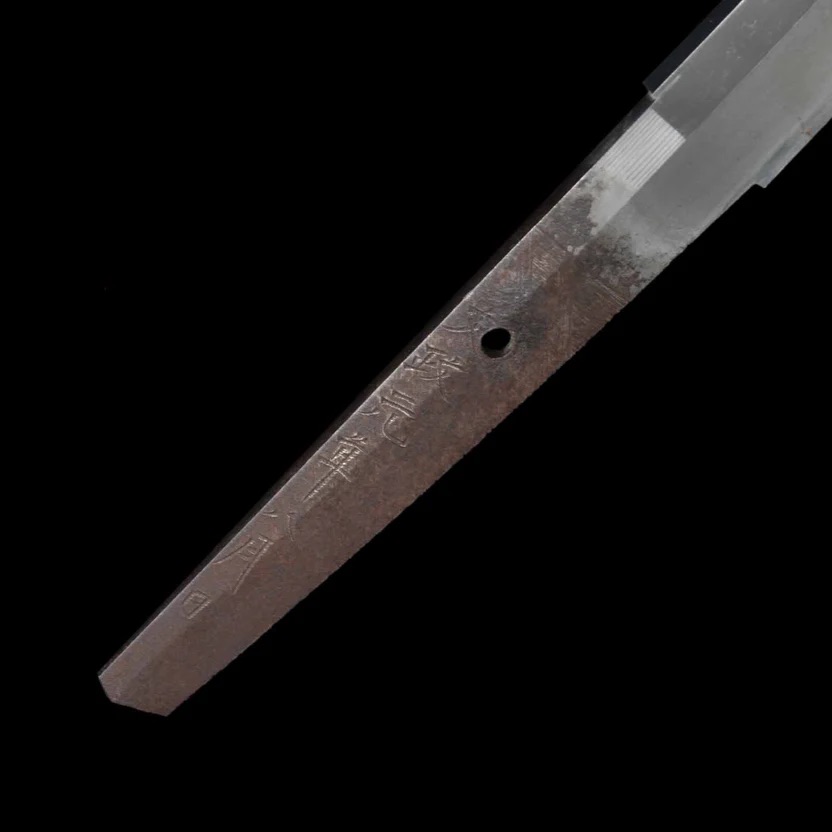
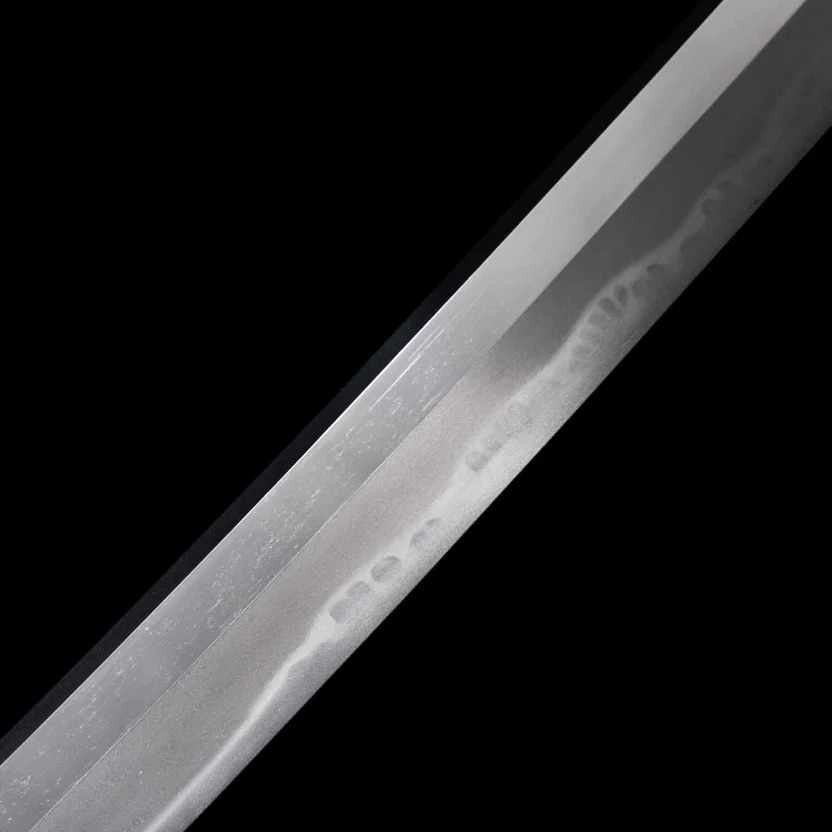
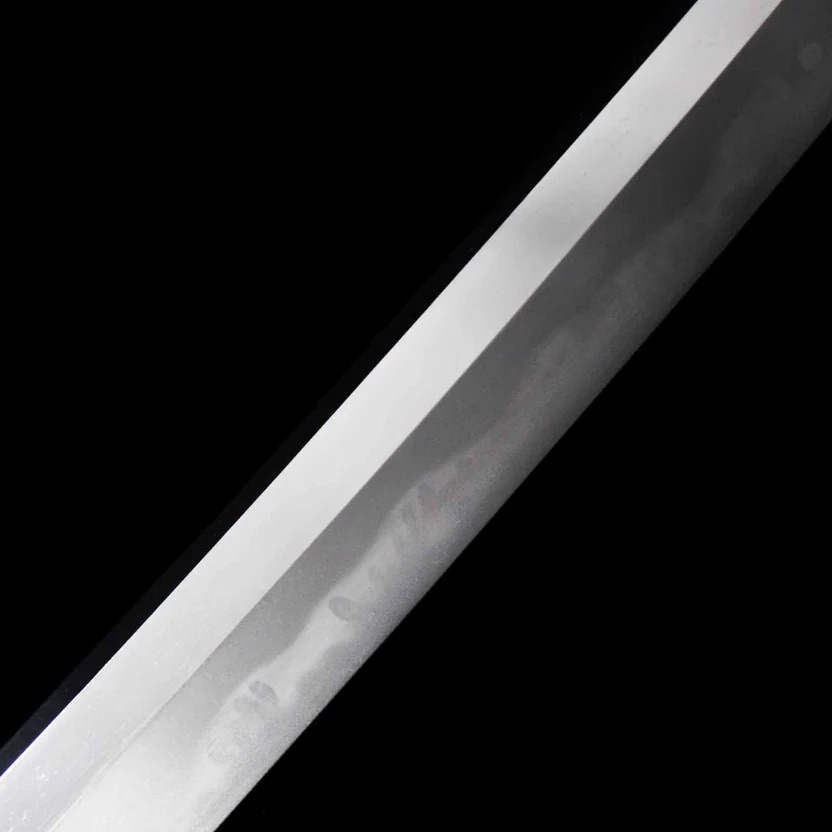
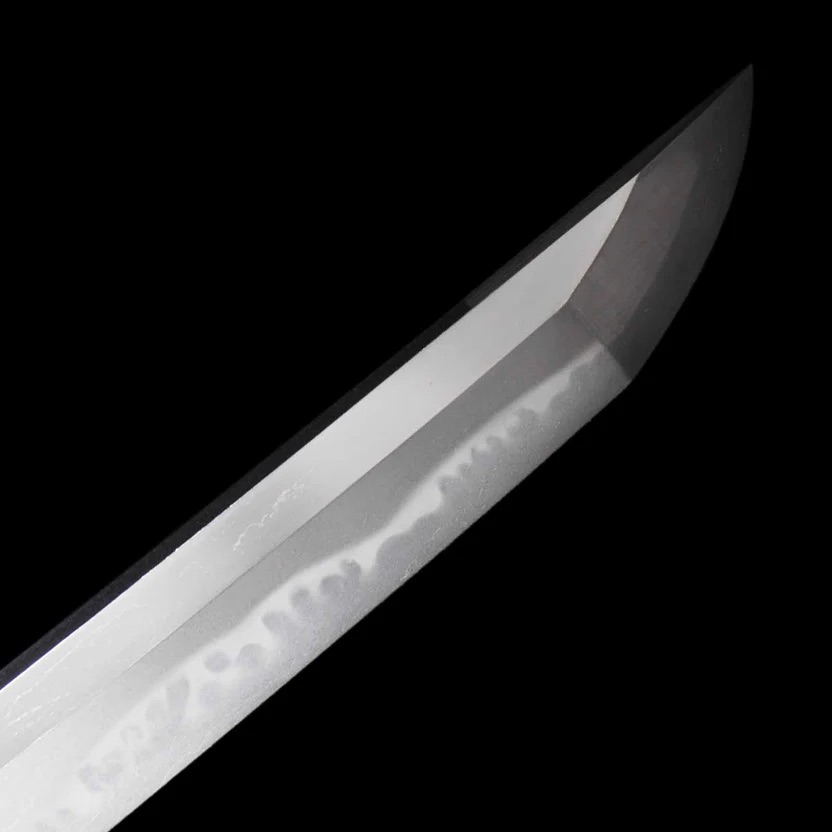
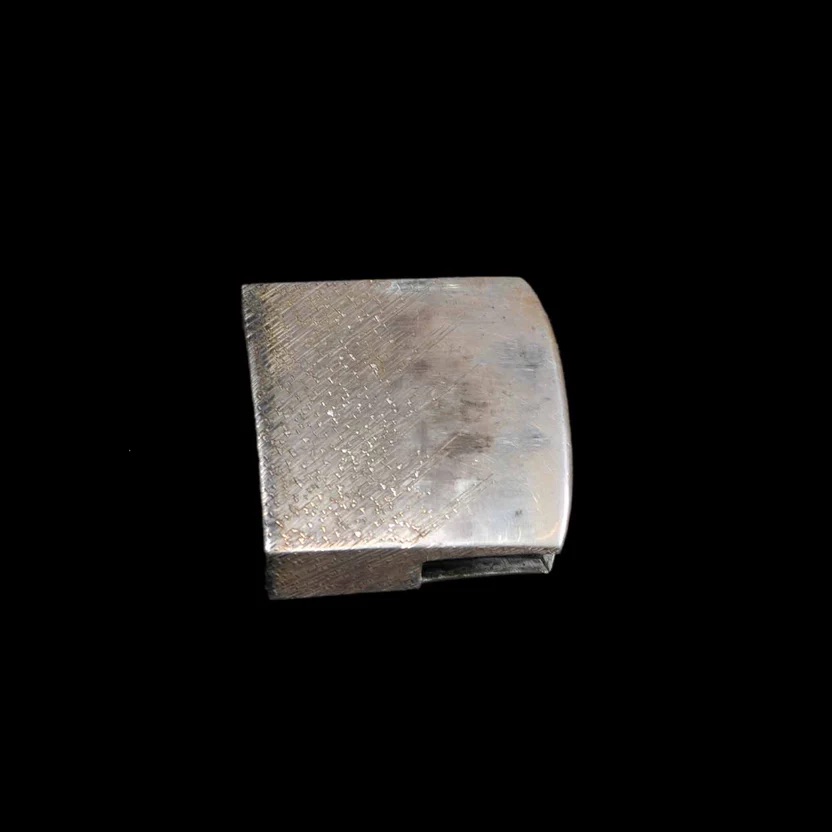
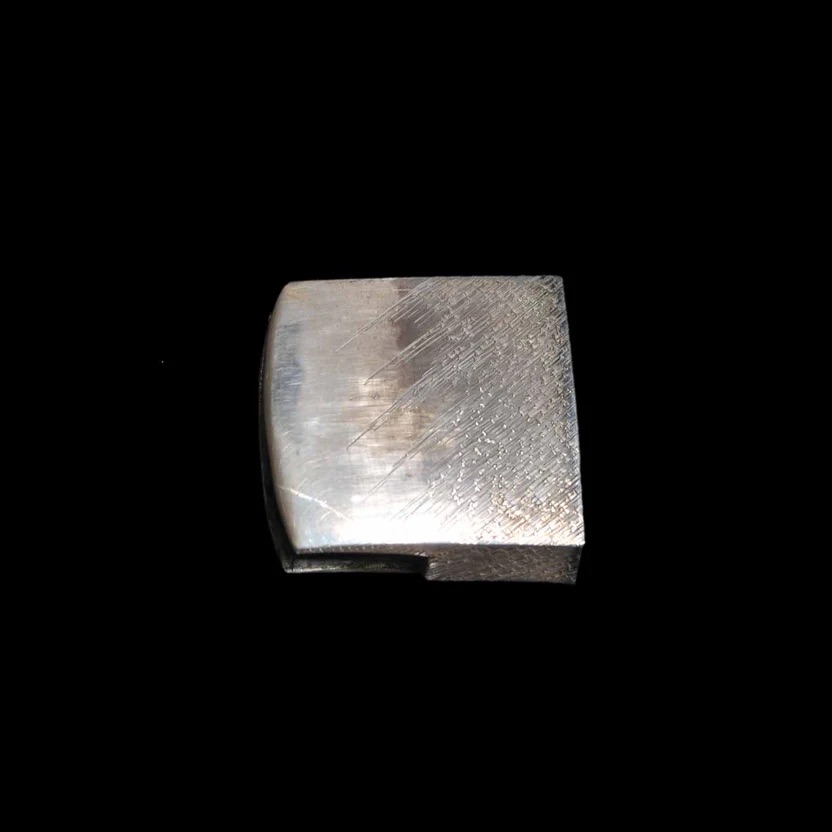
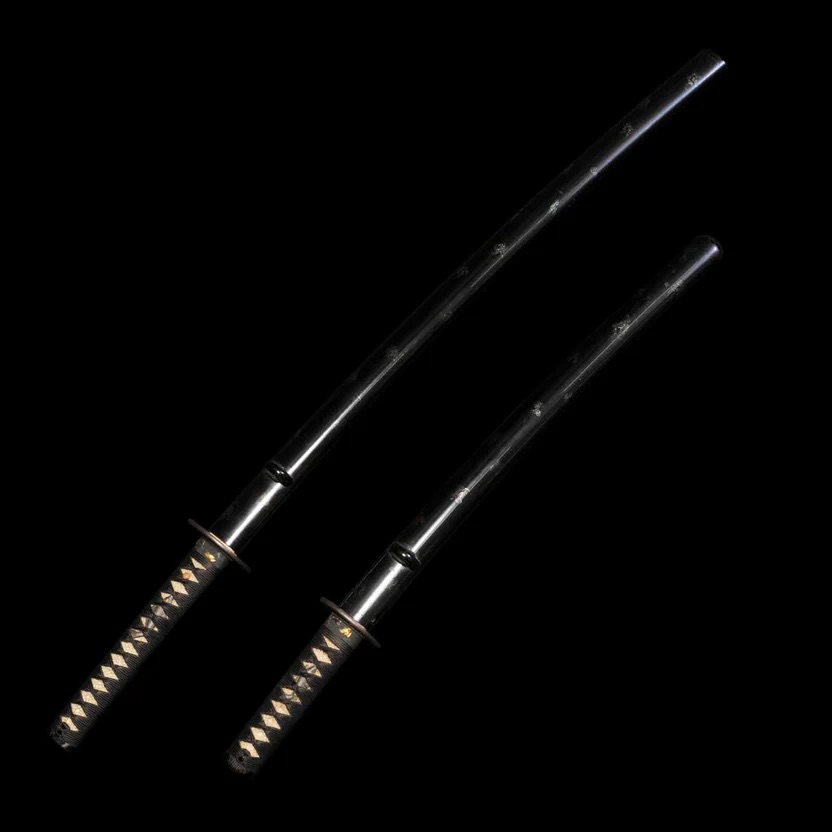
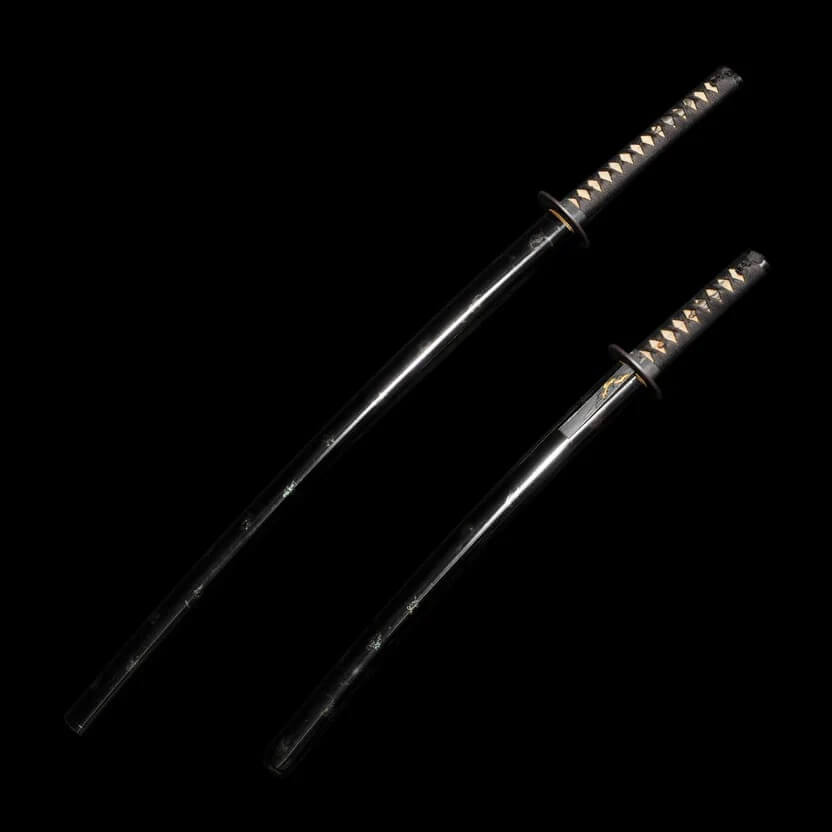
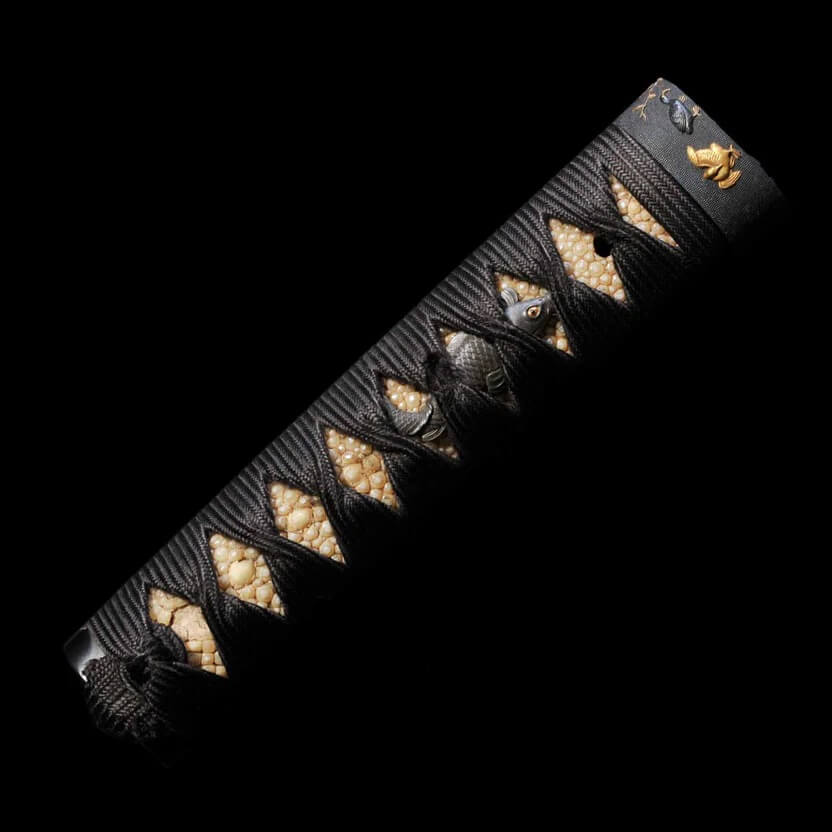
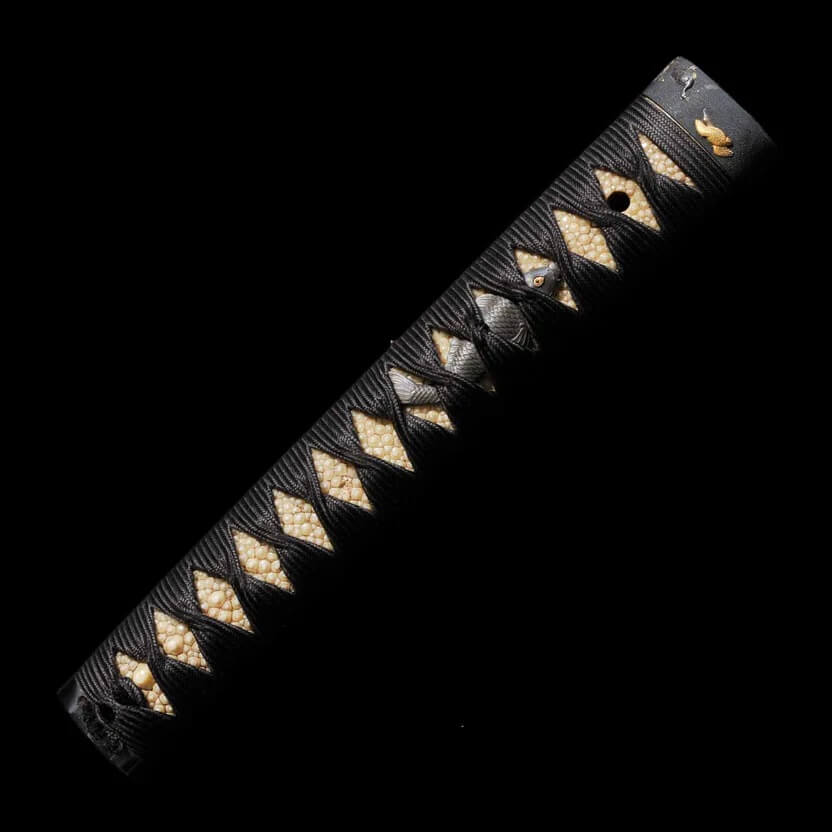
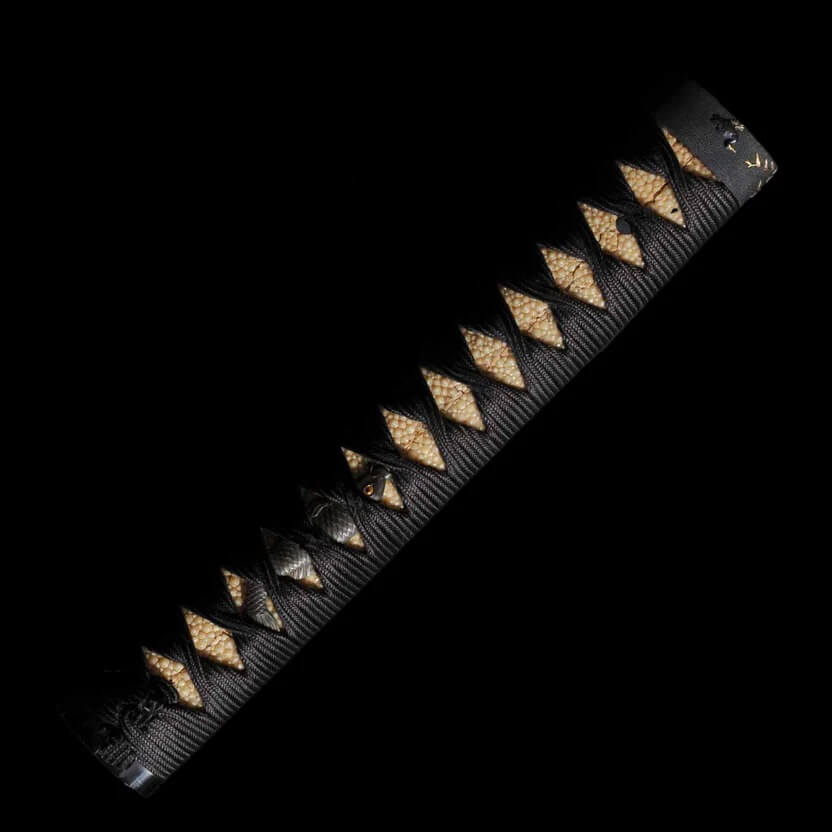
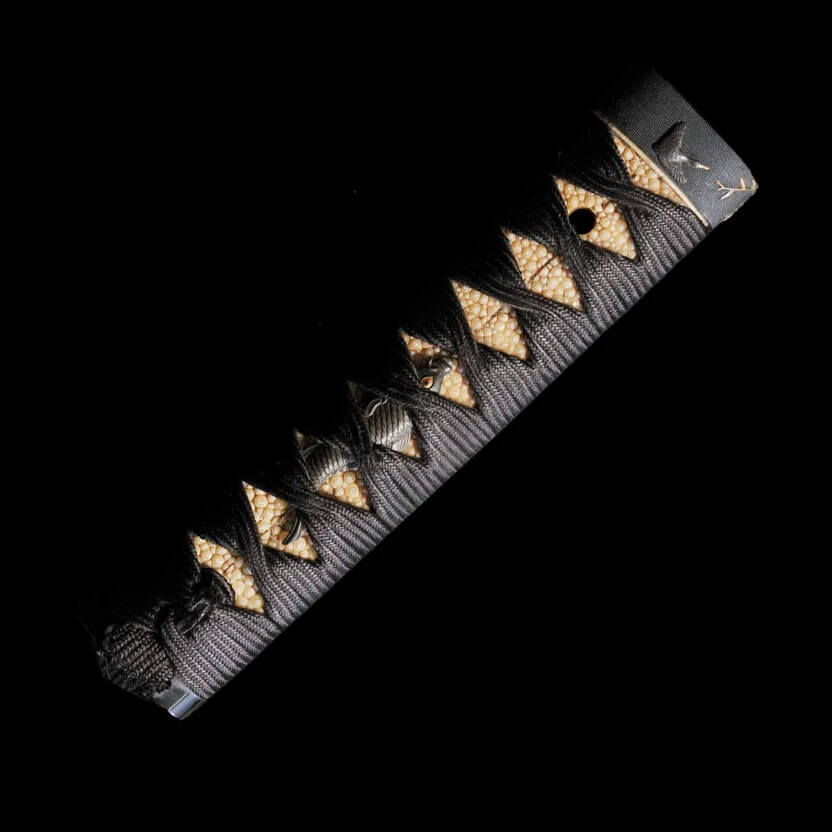
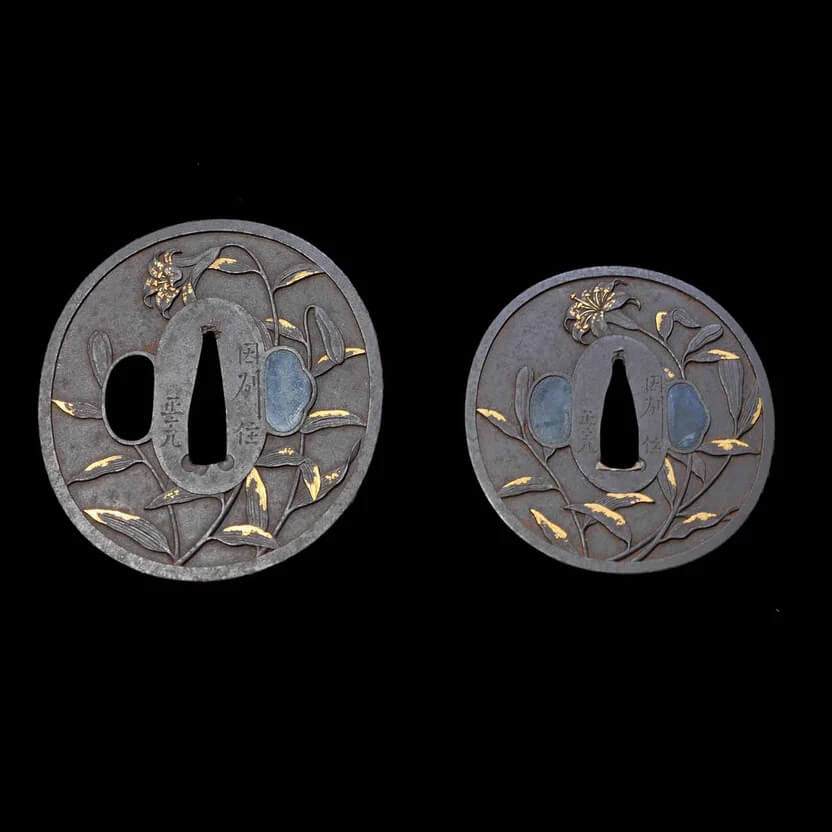
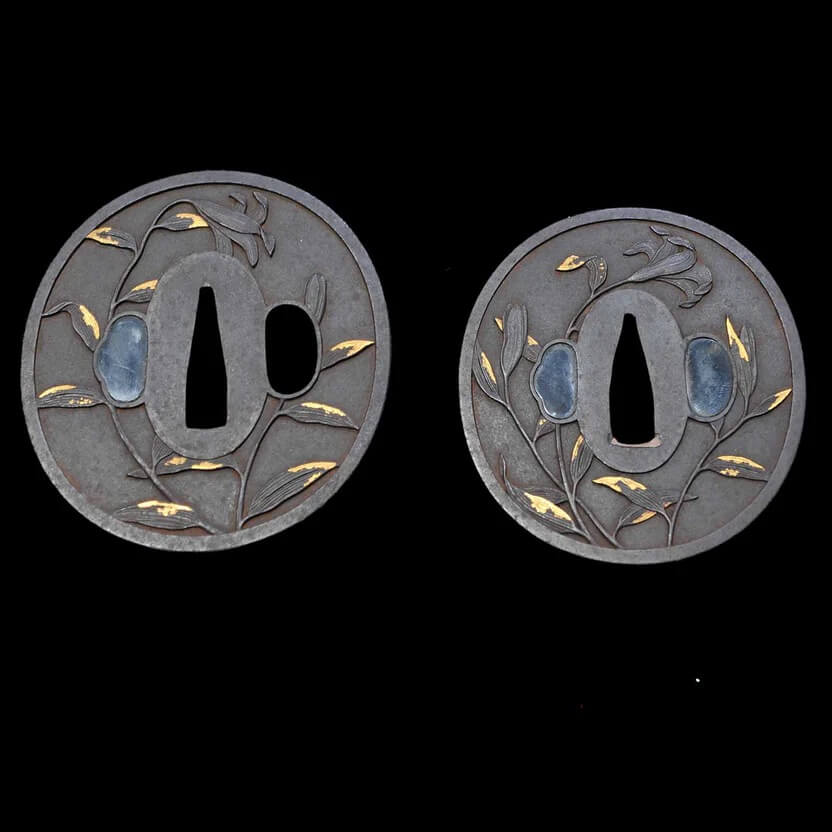
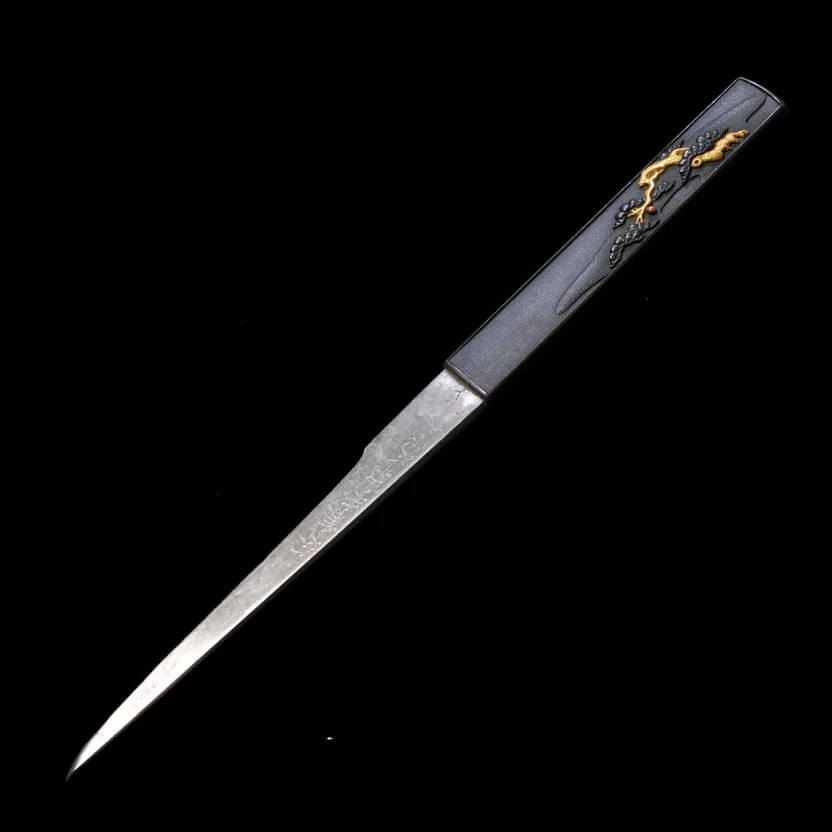
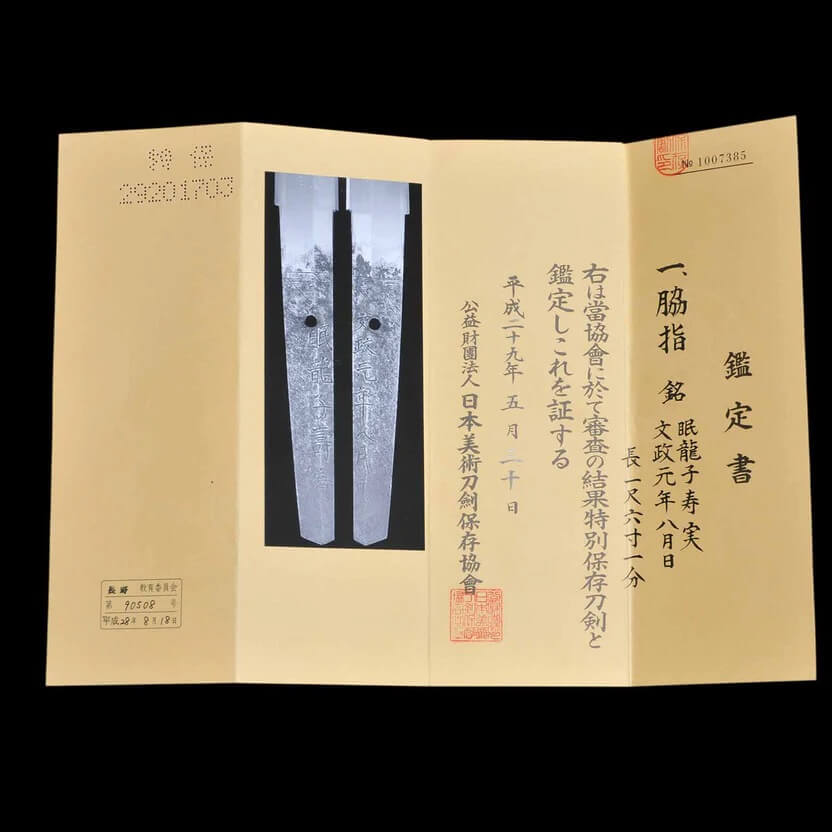
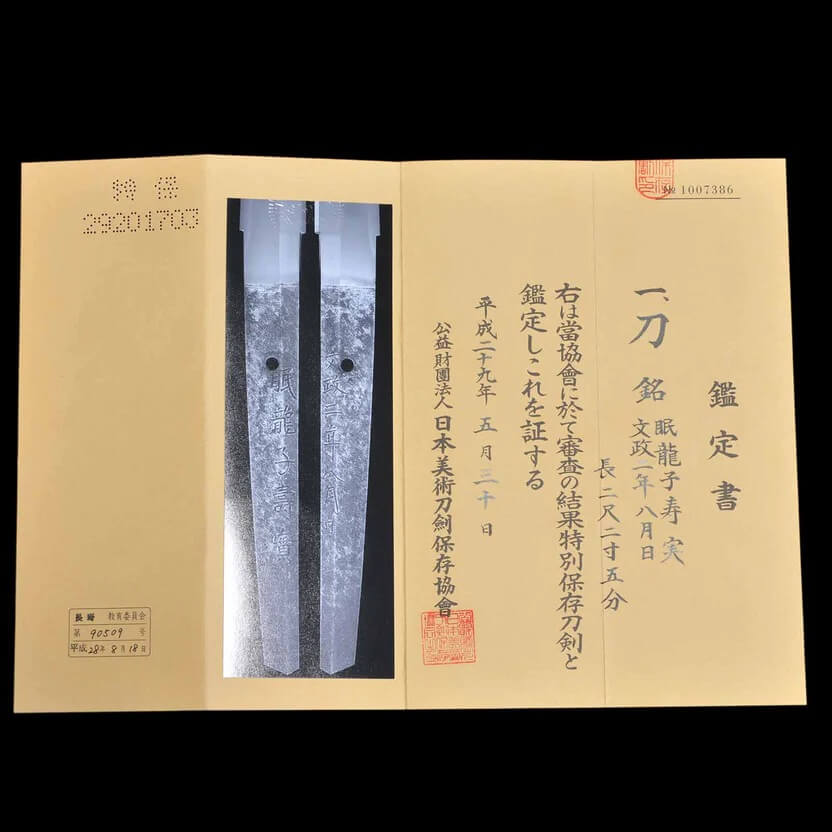
Reviews
There are no reviews yet.